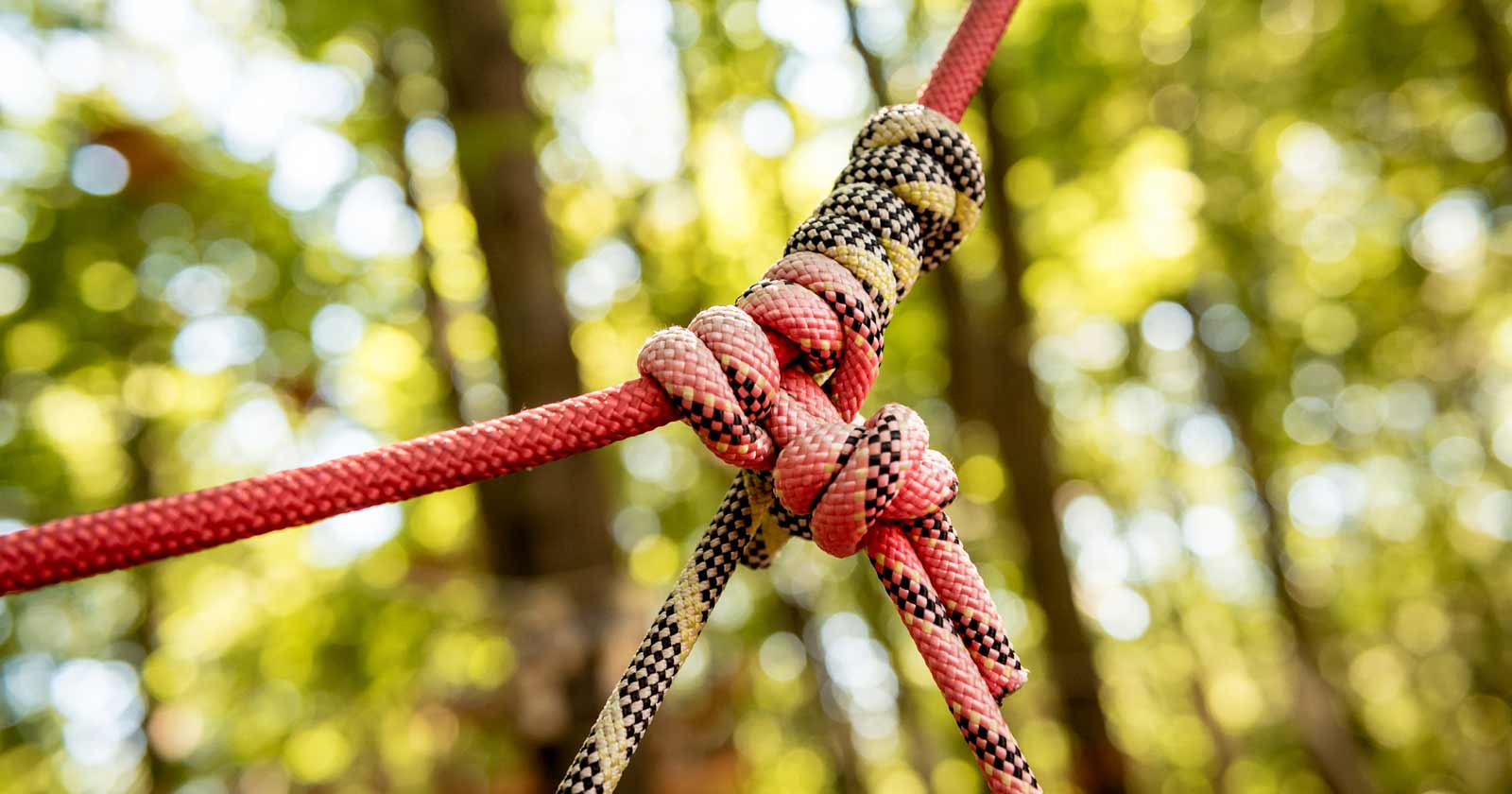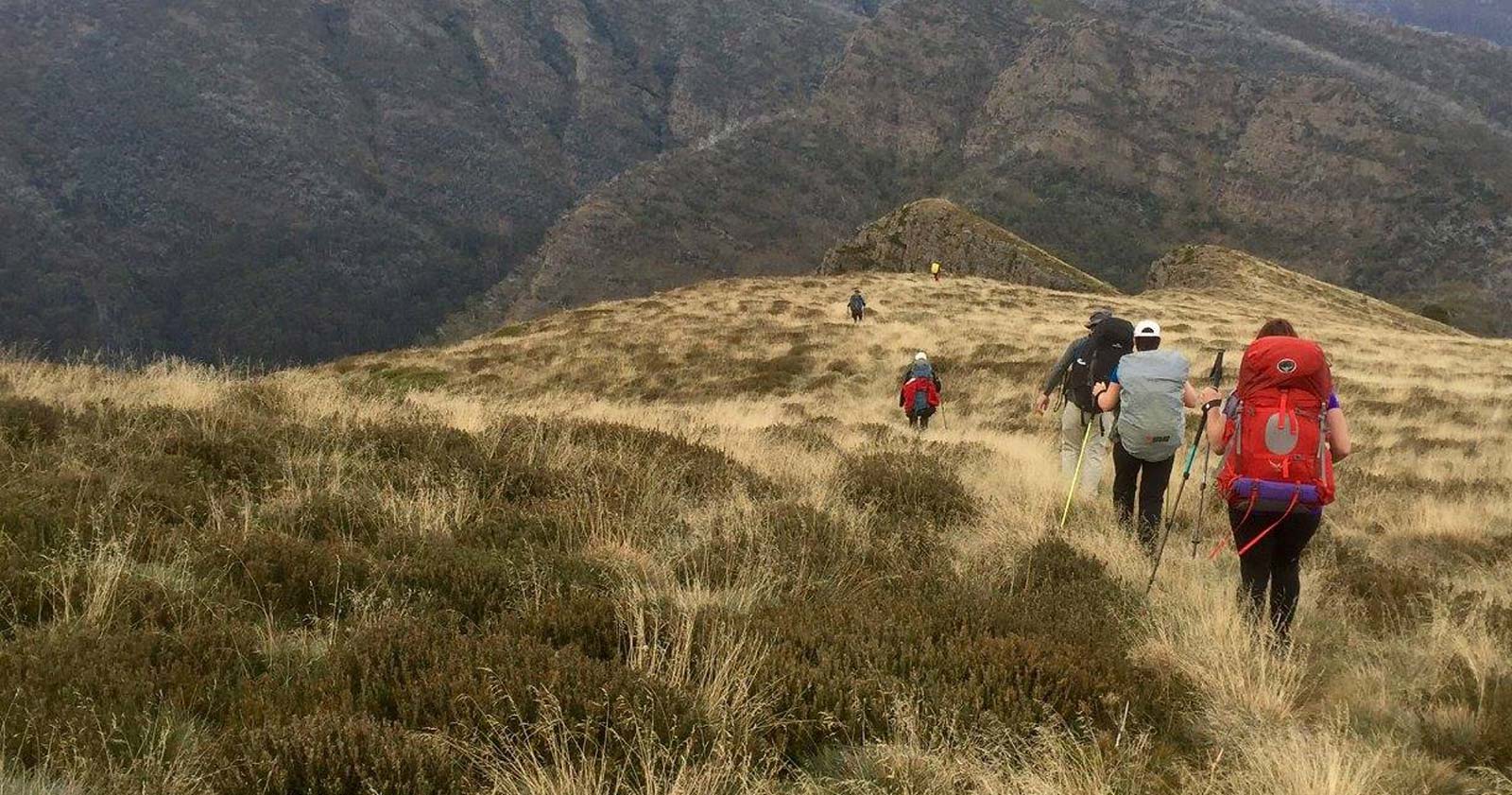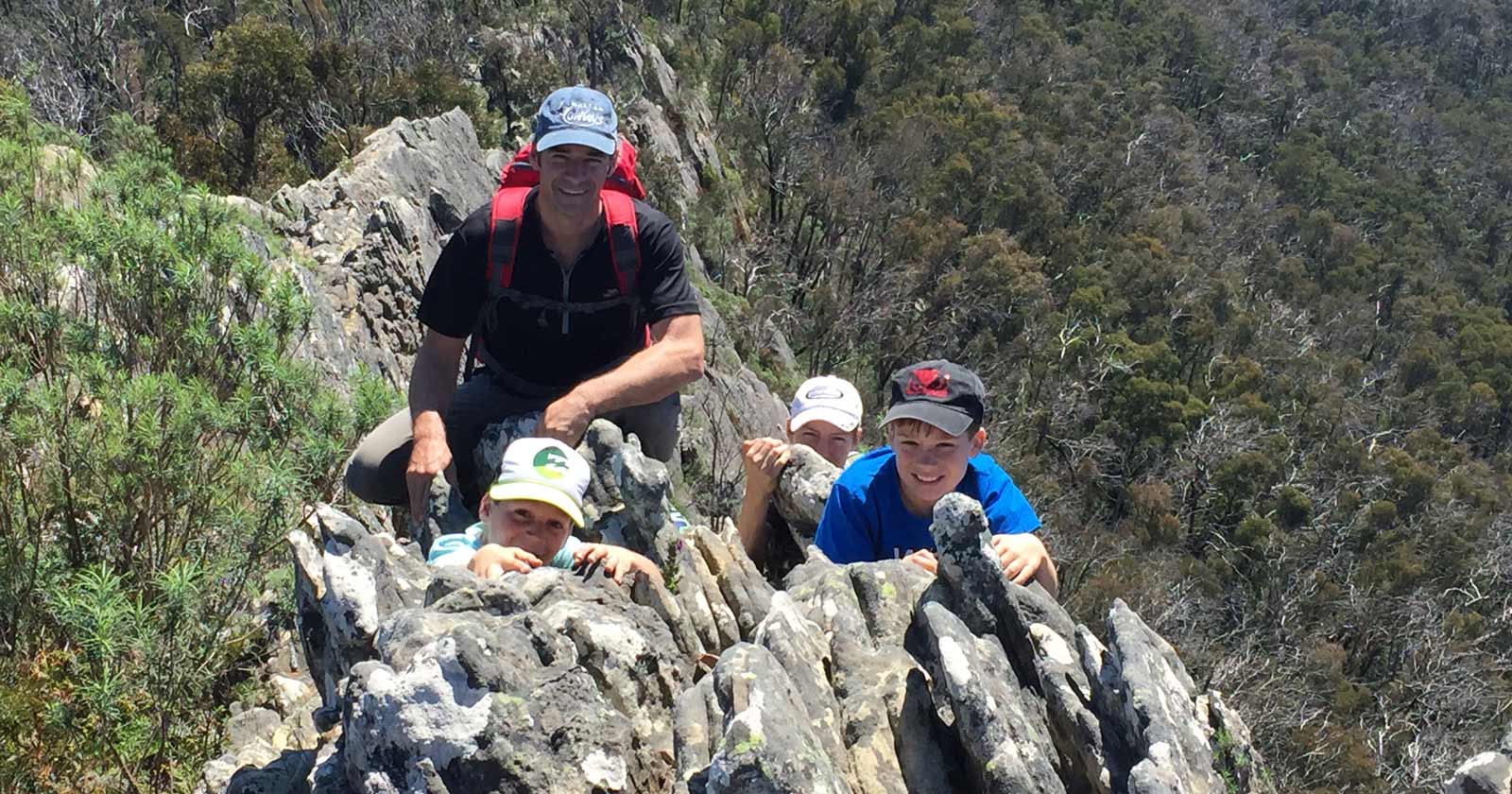Hiking on snow tips
Hiking safely across snow is an essential skill for many hikers and climbers as it is not the same as hiking on terra firma. A snowy pass can provide a significant and dangerous obstacle for the unprepared hiker traveling in the high country. Even if you don’t aspire to climbing peaks, it is definitely worth your time to learn how to kick good steps and travel with an ice axe.
Hiking on snow can reduce your impact
Having the confidence to travel on snow allows you reduce your impact by walking on snow instead of around it, a practice which can create additional trails and destroy vegetation.
Travel on firm snow reduces risk from avalanches
Reduce your chances of getting caught in an avalanche by climbing and descending your route while the snow is still firm. For east-facing routes, this may mean completing much of your ascent before sunrise.
Look ahead to spot hazardous transition zones
Common places where falls occur are transition zones. These are places where the terrain or characteristics of the snow changes and hikers fall because they fail to adjust their equipment or technique. Avoid these hazards by looking ahead and preparing for changes before you encounter them. For example it may be much easier to put on your crampons on a low angle section instead of waiting until you are starting to slip because the snow is too steep or too firm.
How to kick steps in snow
Kicking steps with your feet is more complex than most books make it seem. The two tips I commonly offer are to 1.) choose the step that gets the most of your boot’s sole in contact with the snow (if you’re worried about falling) and 2.) not to tiptoe around when kicking hard-firm snow.
Old footsteps can be icy: you may be better kicking your own steps
Beware of following an old set of footsteps across a snowy slope. These may be very icy, especially on a cold morning. If you are proficient kicking steps you are much more likely to find a better route or travel more safely across pre-existing steps.
Snowshoes
If you want to enjoy back-country alpine environments, snowshoes enable you to do it with no specialist motion based skills. Cross-country skiing demands skills (particularly for multi-day touring). Snowshoes, on the other hand, don’t demand a specific skill set – beyond the ability to walk. Of course, you can try hiking in the snow wearing regular hiking boots. However, you’ll soon find that with every step, you’re sinking into the snow making progress tiring and tedious.
Getting technical: crampons and ice axes
While ski poles or hiking poles may help you maintain balance while kicking steps across a slope, an ice axe is superior for helping you self-arrest if you fall. Self-arresting with ski poles is possible, but it is much more difficult and you will slide further than if you are using an ice ax.
Crampons: for use on firm snow and ice
Crampons are an amazing tool that give your feet traction, but they should only be used on very firm snow and ice. The danger on soft snow is that snow will build up under your boot so that your points fail to stick which may cause you to fall.
If you want to learn even more about kicking steps, crampons, ice axes and hiking over snow I would recommend seeking out the advice of a professional in this field.






I’ve completed alipne training with VicPol Search and Rescue – so cannot stress the importance of good self arrest technique – as waterproof jackets & pants love to slide. Self arrest can be done with Ice Ace or even a walking/ski pole. Practice on a short steep slope with soft slopes below. Lean body weight through the shoulder area(arms locked bent) into the snow, dragging the tip of your Axe/Pole into the snow. Plenty of videos online. Practice regularly so it’s instinctive.
Snowshoes anyone? I mean yes this article makes good points but is not comprehensive enough. It’s all good and well to walk through snow rather than around it but without the right gear (snowshoes) You will just create post holes with each step cutting up the (snow) trail to the point that it makes it difficult for people with snowshoes or even XC skis to use it. If anyone has been to Rainbow Lake in Kosziuszko national park in winter they will know exactly what I mean. Also walking without a floatation aid will make the hiker very fatigued in a very short period of time.